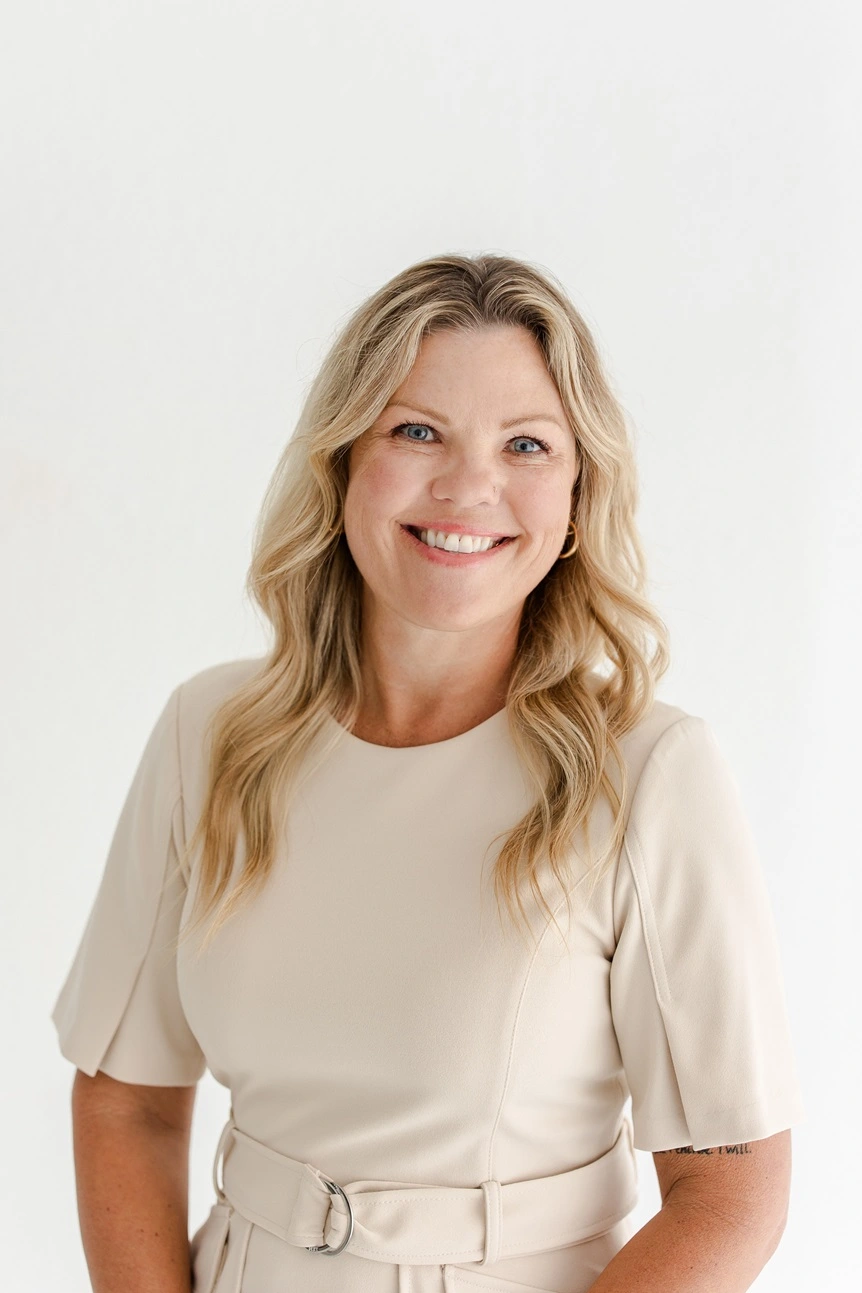How To Be The Most Real Version Of You!
Orlando Counseling Major Discusses Our False Personas

How often do you let people see the real you? Do you present a facade to the world and only allow certain people to get to know the authentic you? How often do you find yourself being one way in certain situations or around certain people and another way when you are around people you are comfortable with or in surroundings you know? In 1960, psychoanalyst D. W. Winnicott introduced the concepts of true self versus false self and he suggested that people often experience and present two sides to their personality quite frequently. People have what he described a true, or “real,” self which coincides with authentic living and they have a “false” self which describes in-authenticity.
It can be very easy for people to conform to the ideals of society, many times without even knowing it. From the beginning of adolescence, children are taught what they “should” be, starting an early lesson in how to leave behind the true self and produce a false one. When you stop and observe pre-adolescents, you’ll notice they are free-spirited, without a care in the word. They are androgynous, having the ability to adapt to whatever role is needed regardless of the constraints of typical gender roles; sons want to help in the kitchen and learn how to cook, and daughters are intrigued with working on the car when dad is under the hood. Pre-adolescents usually live quite happily within their true selves. Evidence suggests that in puberty, the false self becomes more prominent and a strong need to show this side takes prevalence. Ironically, further research has shown that adults who overcome this developmental process and remain androgynous are the adults who are most well adjusted.
What causes one to develop a false self?
Where does the false self come from? When does it start and what purpose does it serve? Dr. Mary Pipher, author of Reviving Ophelia, lists three main factors that contribute to false self development:
- The culture
- The expectation for adolescents to distance themselves from their parents (just at the time when parents’ support is needed the most)
- The fact that so many changes are happening in the body (shape, hormones, etc.).
Cultural Influence on False Self Development
The culture impacts false self development in many ways and from early on in development. Adolescents grow up hearing all about the stereotypes and “isms;” Sexism, racism, feminism, lookism, capitalism, etc. Perhaps adolescents do not understand exactly what these words mean in depth, but they are able to identify the reactions that coexist with each one of these subjects. Each culture identifies differently with each “ism” and therefore has a different influence on adolescents varying across those cultures. One example is that in America, there is often a cultural trend that girls should be skinny with long hair, and big beautiful eyes, while boys should have muscles, with stylish hair, and a sexy smile. However, another culture may view all of this as odd. Adolescence is a critical time when the pressure of one’s cultural expectations can is experienced more profoundly.
The Expectation of Separating Self from Parents
During adolescence, peers have the most influence and a shift of support is often witnessed. Adolescents turn to other adolescents for support rather than their parents. It’s during this time that children start to find their parents annoying, or embarrassed to be seen in public with. As adolescents start to face new situations and pressures, they often reject the support and protection their parents try to offer.
Everything Is Changing During Puberty!
It is during adolescence that individuals might start to question their existence and begin asking what their purpose is in life and why they exist. The way an adolescent thinks starts to change, along with their hormones, and body physique. Girls who might not be as slim as they were might start to experience the pressure of society through bullying, and the stereotypes found in magazines and on billboards. Boys may not be as muscular as they feel they are expected to be, causing them to try and gain more weight. All of a sudden those androgynous pre-adolescents no longer exist. Now girls want nothing to do with cars and sports, and want everything to do with makeup and clothes, just as boys want the complete opposite.
How do we become our true selves again?
Being your true self is being your authentic self. Pursing your goals and dreams that reflect who you really are, what you’re strongest qualities are, and what you care about (self-affirmation theory) is the most important aspect to being your true self. Many view their true self versus their false self as their soul versus their ego.
It’s following your heart that leads you to your true self. Finding that androgynous child within you is one key to finding your true self again. Like mentioned before, it’s the androgynous adults that are the most well adjusted, and this is true because living a life outside of the constraints of the “should’s” and “have to’s” put on you by society, gets you more in touch with your authentic self. It allows you to be able to listen to your inner voice, and find the things that make you truly happy. (Article contributed by Ashley Campo, UCF counseling and psychology student.)
Seeking therapy from a trained counselor can offer great insight into how you can learn to express your authentic you more regularly. It can allow you to bring all sides of your personality out in a positive and meaningful way. Contact Orlando Thrive Therapy today for a free 15-20 minute phone consultation at 407-592-8997 or email orlandothrivetherapy@gmail.com. Our counselors are waiting to answer your questions.
